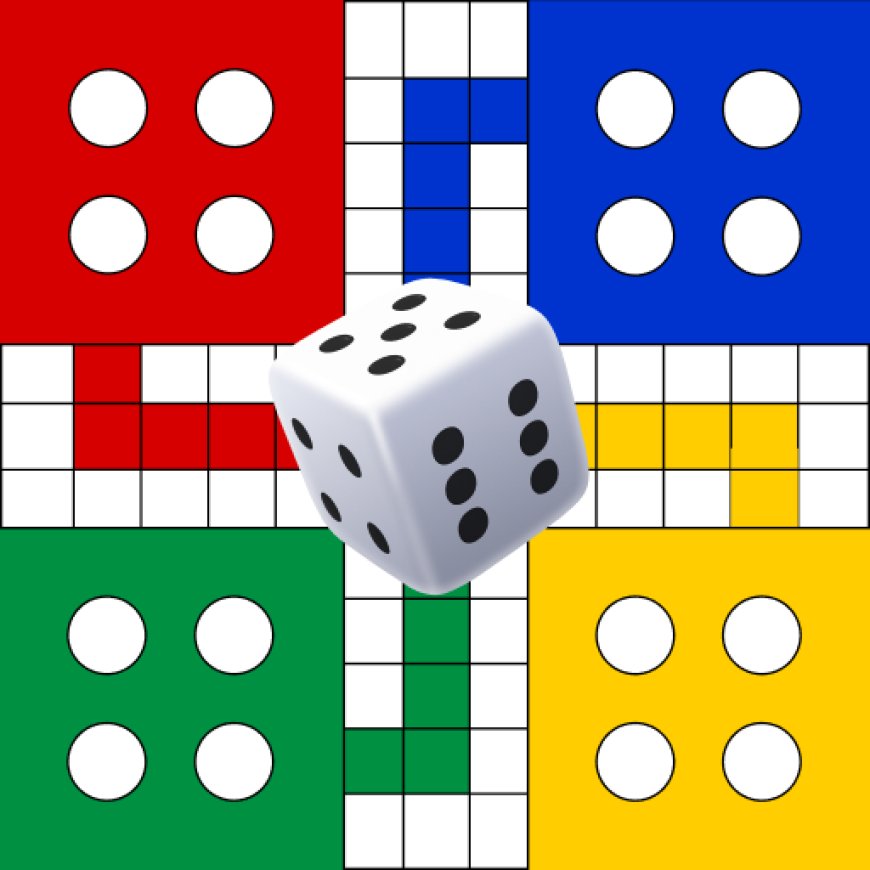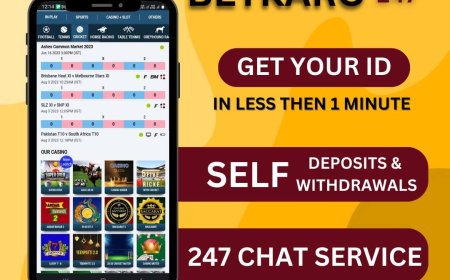How Do I Play the Ludo Board Game?
Ludo is a timeless board game that blends luck, strategy, and fun, making it a favorite for family gatherings or friendly competitions. If you’re new to Ludo, this guide will walk you through the rules and steps to play, ensuring you’re ready to roll the die and race to victory. What You’ll Need

Ludo is a timeless board game that blends luck, strategy, and fun, making it a favorite for family gatherings or friendly competitions. If youre new to Ludo, this guide will walk you through the rules and steps to play, ensuring youre ready to roll the die and race to victory.
What Youll Need
A Ludo board (a square board with a cross-shaped track and four colored home areas).
Four tokens (or pawns) per player, matching their chosen color (red, blue, green, or yellow).
A standard six-sided die.
2 to 4 players.
Objective
The goal of Ludo is to move all four of your tokens from your starting area (home base) to the center of the board (the home triangle of your color) before your opponents.
Step-by-Step Guide to Playing Ludo
Set Up the Game Place the Ludo board on a flat surface. Each player chooses a color and places their four tokens in their corresponding starting area (the colored corner of the board). Ensure everyone has access to the die.
Decide Who Goes First Each player rolls the die once. The highest roller starts the game, and play proceeds clockwise around the table. If theres a tie, those players roll again to break it.
Roll to Start Moving On your turn, roll the die. To move a token from your starting area to the starting square (the colored square marked with an arrow on the outer track), you must roll a six. Once a token is on the starting square, its in play and can move along the outer track.
Moving Your Tokens After rolling, move one of your tokens clockwise around the outer track by the number of spaces shown on the die. For example, if you roll a four, move a token four spaces forward. You can choose which token to move if you have multiple tokens on the board.
Special Rule for Rolling a Six Rolling a six is exciting because it gives you two benefits:
You can either move a token already on the board six spaces or bring a new token from your starting area to the starting square.
You get an extra turn to roll again. If you roll another six, you can repeat the process, but some house rules limit consecutive sixes to avoid prolonged turns.
Capturing Opponents Tokens If your token lands on a space occupied by a single opponents token (outside a safe zone), you capture it. The captured token returns to its owners starting area, and theyll need a six to bring it back into play. Capturing an opponents token grants you an extra turn.
Entering the Home Path After a token completes a full loop around the outer track, it can enter your colored home path (the straight lane leading to the center triangle). To move a token into the home triangle (the final destination), you must roll the exact number of spaces needed. For example, if your token is two spaces away from the triangle, you need to roll a two.
Safe Zones
The starting square and home path are safe zones where tokens cannot be captured.
If two or more tokens from different players land on the same space outside a safe zone, the arriving token captures the others, sending them back to their starting areas.
Winning the Game The first player to move all four of their tokens into their home triangle wins. You can choose to end the game here or continue to determine second, third, and fourth places for added fun.
Additional Rules
No Legal Moves: If you cant move any tokens (e.g., no tokens on the board and you dont roll a six), your turn ends, and play passes to the next player.
Team Play (Optional): In a four-player game, players can pair up (e.g., red and green vs. blue and yellow) to work as teams, strategizing to help their partners tokens reach the center.
House Rules: Some groups add variations, like allowing multiple tokens to stack on a single space for safety or limiting extra turns after rolling multiple sixes. Discuss and agree on any house rules before starting.
Tips for Beginners
Spread Your Tokens: Try to get multiple tokens on the board rather than focusing on just one to avoid losing progress if its captured.
Plan Captures: Capturing an opponents token can slow their progress, but dont sacrifice your own advancement unnecessarily.
Save Sixes Wisely: Use a six to either bring a new token into play or advance a token close to the home path, depending on your strategy.
Stay Patient: Ludo involves luck, so dont get discouraged by setbacks. A single six can change the game!
Conclusion
Ludo game play is easy to learn yet endlessly entertaining, offering a mix of luck and strategy that keeps everyone engaged. With these steps, youre ready to set up the board, roll the die, and enjoy the thrill of racing your tokens to the center. Gather your friends or family, and let the Ludo fun begin!

































